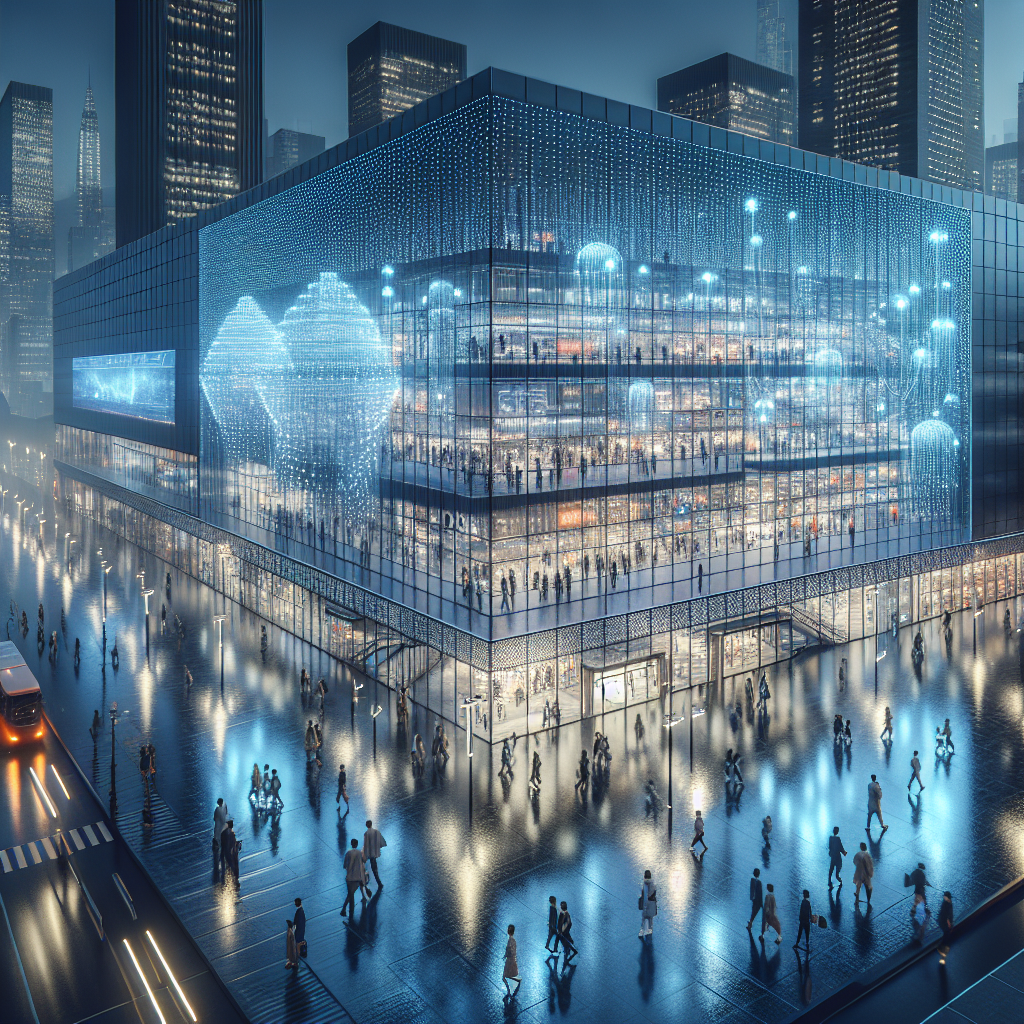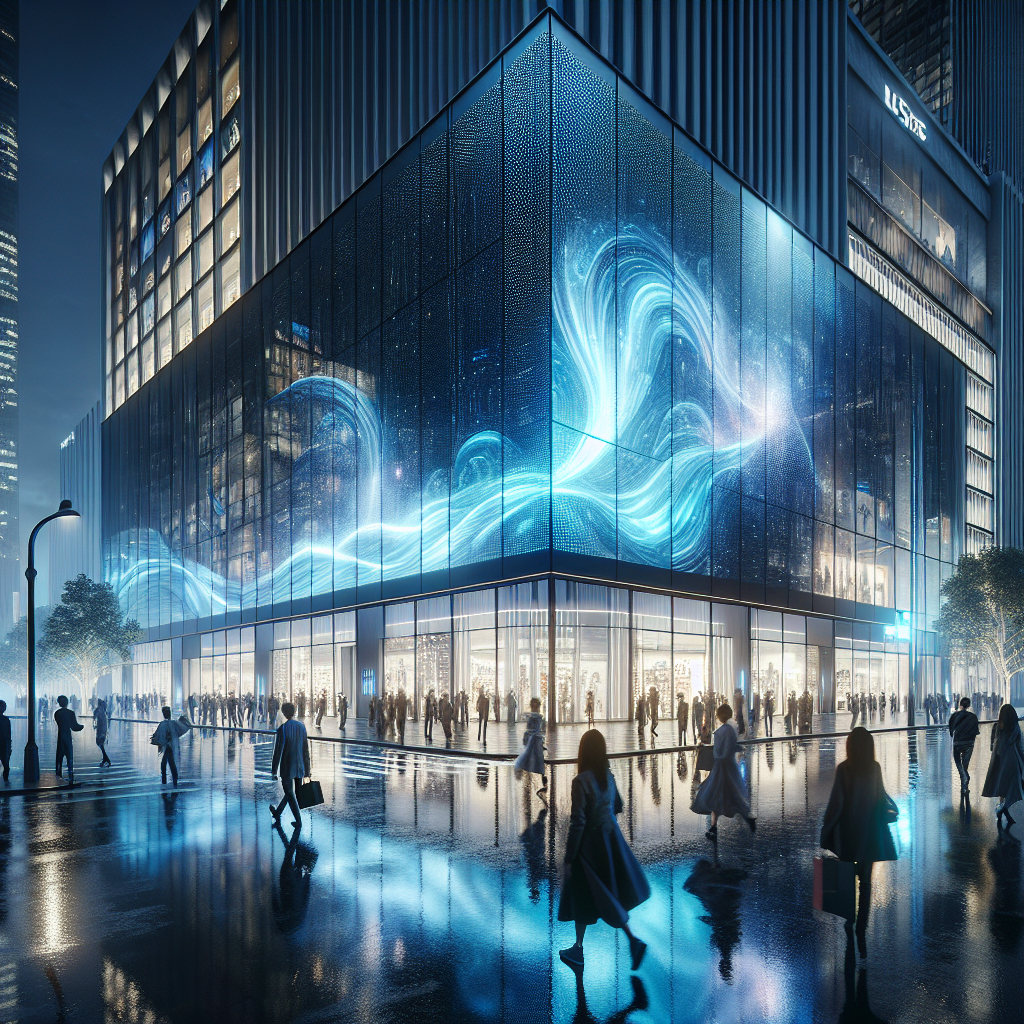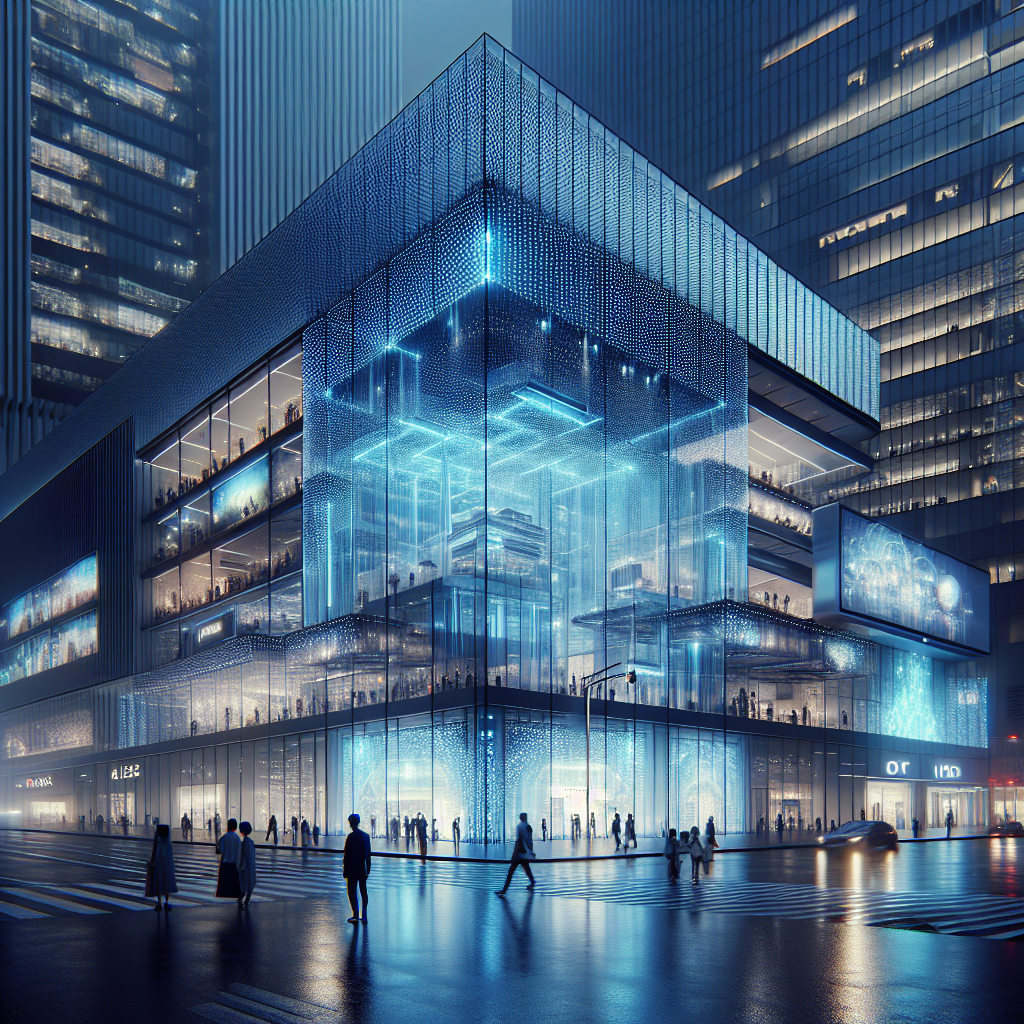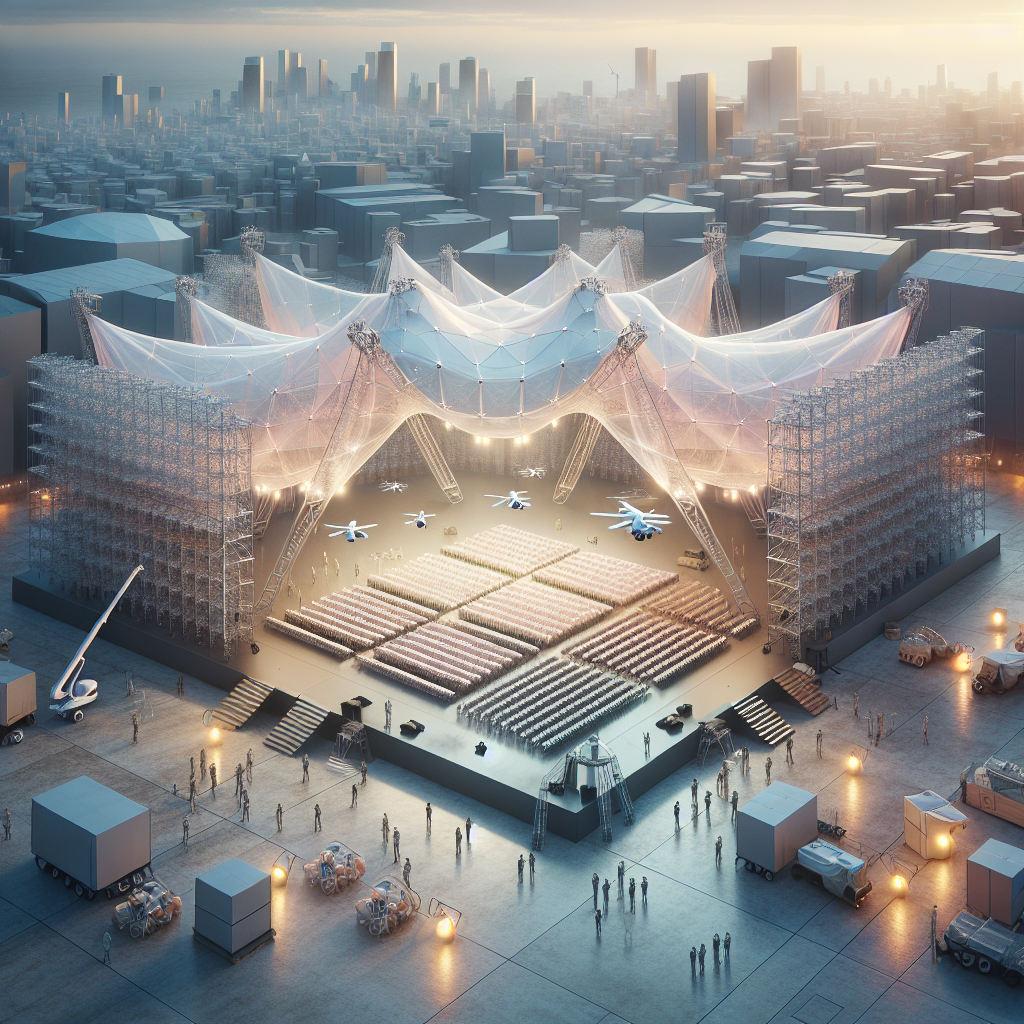Adaptable store façades: digital signage adjusting to current events
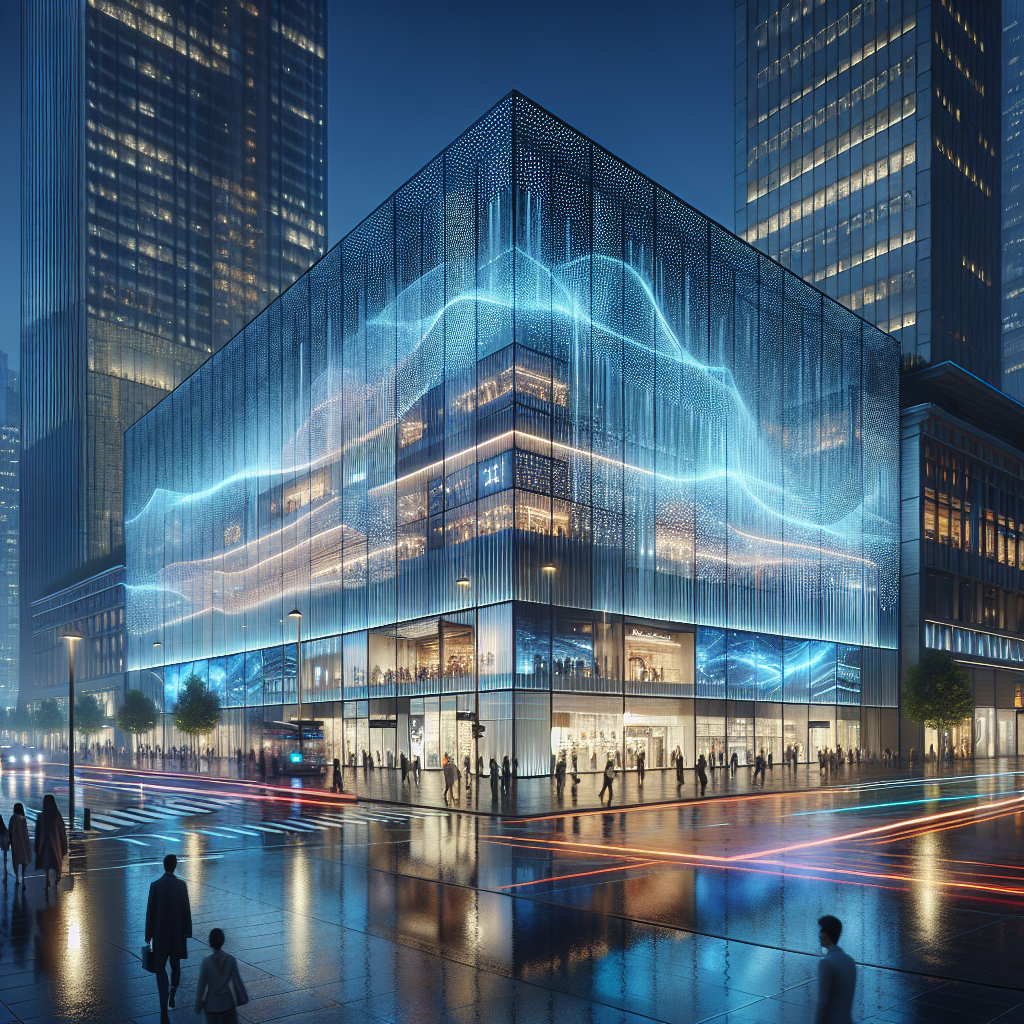
Adaptable Store Façades: Digital Signage That Responds to the Moment
In the evolving landscape of retail architecture, the store façade has become far more than a static shell. It is now a living interface—an adaptable, communicative surface capable of responding to cultural shifts, weather patterns, or breaking news in real time. Digital signage façades—once the domain of flagship stores and entertainment districts—are increasingly being integrated into mainstream architectural practice, redefining how brands engage with their urban environments and audiences.
The Rise of Responsive Retail Architecture
Over the past decade, digital façades have transformed from experimental novelties into essential tools for brand storytelling and urban communication. Their ascent parallels the broader trend of responsive architecture, where buildings dynamically adapt to external stimuli. The façade, traditionally a boundary, now functions as a medium—an emissary between the physical and digital realms.
Retailers such as Nike, Burberry, and Louis Vuitton have pioneered façades that react to time of day, foot traffic, or even social media trends. In Tokyo’s Ginza district, Uniqlo’s flagship store employs a grid of LED panels that shift hues and animations based on seasonal campaigns. Meanwhile, in Seoul, Hyundai Department Store’s digital skin streams live art installations, turning commerce into a form of cultural broadcasting.
Technology Meets Urban Storytelling
At the heart of this transformation lies the convergence of digital signage technology and architectural design. Advances in micro-LED displays, transparent OLED panels, and AI-driven content management systems have made façades more versatile and energy-efficient. These systems can analyze environmental data—temperature, light intensity, or air quality—and adjust visual content accordingly. A façade might glow in cool blues during heatwaves or display calming imagery during periods of social unrest, subtly influencing the emotional tenor of a city street.
Architects are increasingly collaborating with technologists and data scientists to choreograph these visual narratives. The façade becomes a programmable canvas, merging the logic of parametric design with the immediacy of live media. As cities become more data-driven, these façades act as both sensors and storytellers—responsive to the pulse of the metropolis.
Adapting to Current Events: A New Kind of Public Dialogue
One of the most compelling aspects of adaptable façades is their ability to reflect current events. During global moments of celebration or crisis, façades can transform into platforms for solidarity or awareness. In 2024, several Parisian boutiques illuminated their exteriors in the colors of the Olympic rings, synchronizing with the city’s urban lighting plan—a vivid example of how major events influence architectural expression.
Similarly, during environmental awareness campaigns, façades can display live data visualizations of air quality or energy consumption, turning the act of shopping into an educational experience. This real-time adaptability fosters a sense of community engagement and transparency, qualities increasingly valued by younger, sustainability-conscious consumers.
Materiality and the Digital Surface
While the digital layer dominates the conversation, the underlying materiality of façades remains crucial. Architects are experimenting with hybrid skins that combine glass, perforated metal, and photovoltaic membranes. These materials not only serve as structural supports for LED arrays but also enhance energy efficiency. The integration of solar panels into digital façades allows them to partially power their own displays, aligning with the growing movement toward net-zero architecture.
Some studios are even exploring biophilic digital façades—surfaces that blend organic textures with responsive lighting. Imagine a façade that subtly mimics the dappled light of a forest canopy, shifting patterns as clouds pass overhead. This fusion of nature and technology echoes the principles of biophilic design, creating environments that are both emotionally resonant and technologically advanced.
Case Studies: From Flagships to Future Streetscapes
In New York, the Nike House of Innovation on Fifth Avenue features a façade composed of interlocking glass panels embedded with programmable LEDs. The display adapts to product launches, sports events, and even local weather conditions. When it rains, animations of droplets cascade across the surface, blurring the line between architecture and performance art.
In Shanghai, the K11 Art Mall’s façade functions as a digital gallery, curating rotating exhibitions from local artists. The mall’s management uses an AI algorithm to determine which artworks resonate most with passersby, adjusting content in real time. This approach transforms the façade into a participatory medium—an urban-scale feedback loop between art, commerce, and community.
Meanwhile, in London’s Oxford Street, Zara’s flagship store integrates transparent OLED screens within its glass façade. During the day, the building appears as a minimalist volume of light and reflection; by night, it becomes a glowing billboard that merges seamlessly with the city’s rhythm. The transition is subtle yet theatrical—a masterclass in digital restraint.
Design Challenges and Ethical Considerations
As with any emerging technology, adaptable façades raise questions about visual pollution, data privacy, and energy consumption. Architects must balance spectacle with subtlety, ensuring that digital interventions enhance rather than overwhelm the urban fabric. The challenge lies in crafting façades that are contextually aware—responsive not only to data but also to the cultural and architectural heritage of their surroundings.
There is also the issue of accessibility. As digital façades become more prevalent, cities must consider how these luminous surfaces affect people with sensory sensitivities or visual impairments. Thoughtful calibration of brightness, motion, and color contrast is essential to ensure inclusivity and comfort for all urban dwellers.
The Future of the Adaptive Façade
Looking ahead, the next frontier lies in integrating adaptive façades with artificial intelligence and predictive analytics. Buildings could soon anticipate events—adjusting displays before a storm, or shifting tone in anticipation of cultural festivities. As urban infrastructures become more interconnected through the Internet of Things, façades will evolve into intelligent nodes within a citywide network of communication.
We may also see a rise in augmented reality façades, where digital projections overlay historical or artistic narratives onto existing structures. This fusion of the physical and virtual could redefine the role of architecture as a storytelling medium, extending beyond the tangible into the experiential. Such innovations resonate with the explorations seen in augmented reality design, where digital layers enrich the sensory experience of space.
Urban Identity in Flux
Ultimately, adaptable façades represent a shift in how cities express identity. Where once architecture was defined by permanence, today it thrives on fluidity. The digital façade becomes a mirror of collective emotion—celebrating victories, mourning losses, and responding to the world’s constant motion. It is architecture in dialogue with time itself.
As we stand at the intersection of design, technology, and culture, one truth emerges: the façades of tomorrow will not merely reflect light—they will reflect life. And in doing so, they will redefine the very essence of what it means for a building to belong to its moment.
For architects and designers, this evolution demands a new kind of literacy—one that fuses spatial intelligence with digital fluency. The adaptable façade is not just a surface; it is a living interface, a civic storyteller, and perhaps the most eloquent expression of our digital age.
As cities continue to evolve, these façades will stand as luminous testaments to adaptability, empathy, and innovation—qualities that define not only great design but also the human spirit itself.
Keywords: adaptable store façades, digital signage architecture, responsive retail design, kinetic façades, smart building technology, interactive architecture
Learn more about the evolution of responsive and kinetic architectural systems in this exploration of kinetic façades and how they’re reshaping the built environment.
For further reading on the intersection of technology and design, explore digital signage and its historical development, or delve into the broader context of smart city infrastructure shaping tomorrow’s urban experiences.
